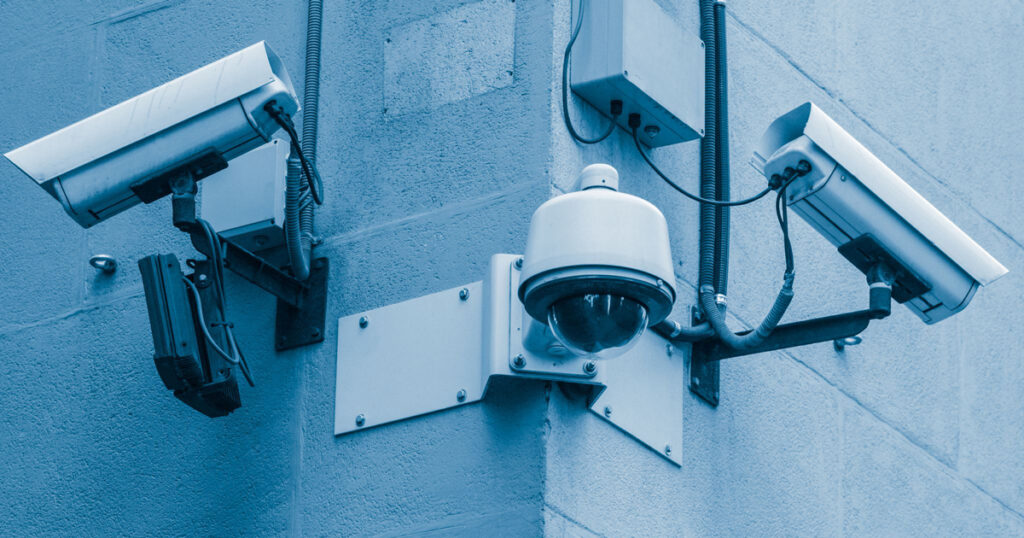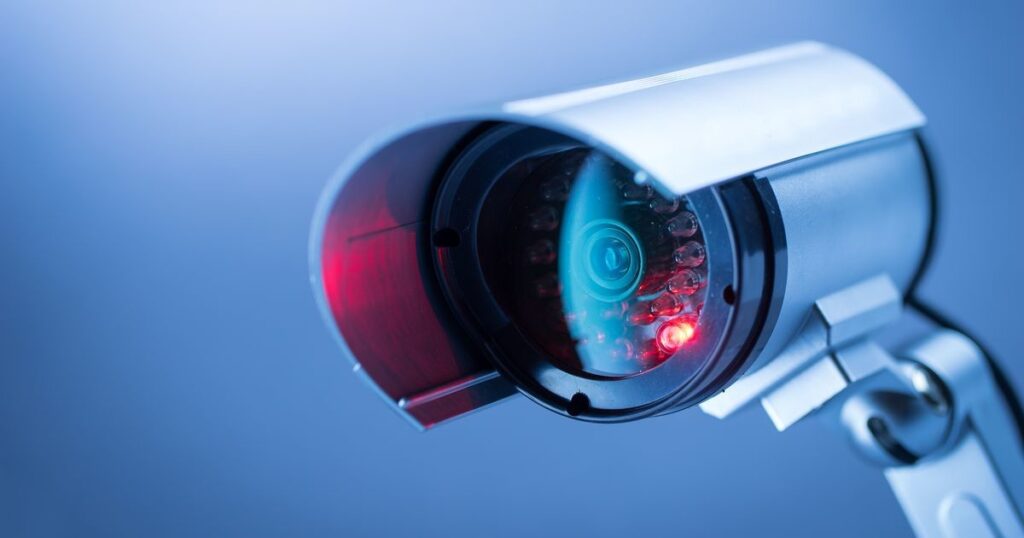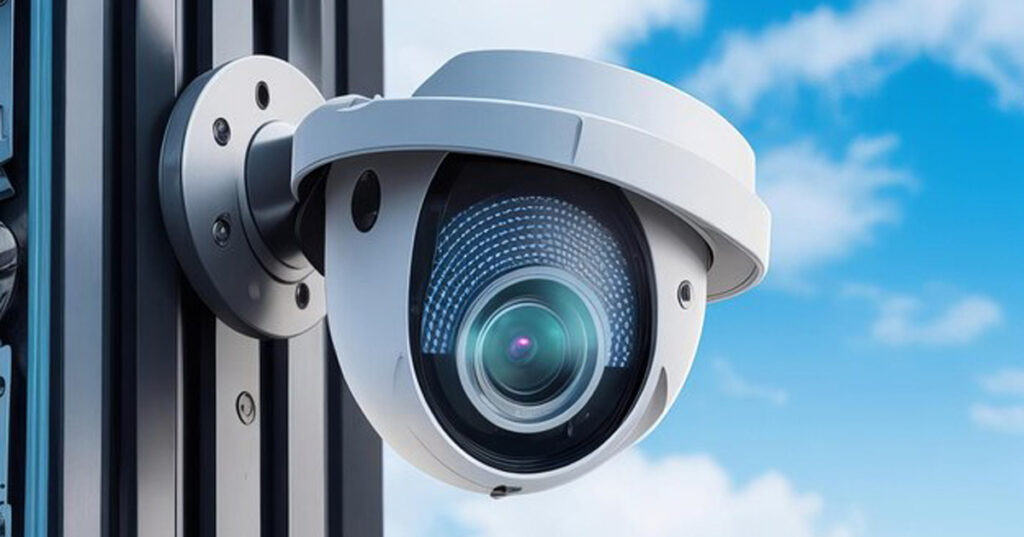Introduction:
In recent years, the widespread adoption of Closed-Circuit Television (CCTV) cameras across India has significantly aided law enforcement agencies in solving crimes and maintaining public safety. From capturing evidence of criminal activities to deterring unlawful behavior, CCTV surveillance systems have become indispensable tools in the fight against crime.
In this article, we explore several real-life case studies from different cities in India where CCTV cameras have played a pivotal role in solving crimes and bringing perpetrators to justice.
Case Study 1: Mumbai Train Blast Investigation
In July 2006, a series of bomb blasts rocked the suburban railway network in Mumbai, resulting in numerous casualties and widespread chaos. CCTV cameras installed at various railway stations captured crucial footage of the perpetrators planting explosive devices and fleeing the scenes. The detailed images and video recordings provided by the surveillance cameras enabled law enforcement agencies to identify the suspects and launch a comprehensive investigation. Subsequent forensic analysis of the CCTV footage played a crucial role in the apprehension and prosecution of the individuals responsible for the terrorist attack.
Case Study 2: Delhi Hit-and-Run Incident
In a hit-and-run incident in Delhi, CCTV cameras installed along a busy road captured clear footage of a speeding vehicle striking a pedestrian and fleeing the scene. The surveillance footage provided crucial evidence of the vehicle’s make, model, and license plate number, aiding the police in identifying the driver and tracking down the vehicle. Thanks to the detailed images captured by the CCTV cameras, the driver was arrested and charged with reckless driving and causing grievous harm, highlighting the importance of surveillance cameras in holding accountable those responsible for traffic accidents.
Case Study 3: Bengaluru Robbery Foiled
In Bengaluru, a coordinated robbery attempt at a jewelry store was thwarted by the presence of CCTV cameras installed inside the premises. The surveillance footage captured masked assailants attempting to break into the store and steal valuable jewelry items. However, the clear images and video recordings provided by the CCTV cameras allowed the store’s security personnel to alert the police promptly. Law enforcement agencies responded swiftly to the scene, apprehending the suspects and recovering the stolen merchandise. The detailed evidence provided by the CCTV footage played a crucial role in securing convictions against the perpetrators, highlighting the effectiveness of surveillance systems in preventing and solving crimes.
Case Study 4: Hyderabad Cybercrime Bust
In Hyderabad, CCTV cameras installed in a cybercafé played a crucial role in busting a cybercrime racket involved in fraudulent online activities. The surveillance footage captured individuals using the cafe’s computers to carry out illegal transactions and hack into sensitive data systems. Law enforcement agencies utilized the CCTV footage to identify the suspects and gather evidence of their illicit activities. Subsequent raids and arrests led to the dismantling of the cybercrime network and the prosecution of those involved, showcasing the importance of CCTV surveillance in combating digital crimes.
Case Study 5: Chennai Street Assault Prevention
In Chennai, CCTV cameras installed in a densely populated residential area helped prevent a potential street assault. The surveillance footage captured a group of individuals harassing and threatening a passerby late at night. However, upon noticing the CCTV cameras, the perpetrators abandoned their aggressive behavior and fled the scene. The presence of surveillance cameras acted as a deterrent, preventing the escalation of the situation and ensuring the safety of the victim. The incident highlighted the role of CCTV surveillance in deterring antisocial behavior and maintaining public safety in urban environments.
Conclusion:
These real-life case studies from different cities across India underscore the invaluable role of CCTV cameras in solving crimes, preventing incidents, and enhancing public safety. From terrorist attacks and hit-and-run accidents to robberies and cybercrimes, CCTV surveillance systems have proven to be indispensable tools for law enforcement agencies in their efforts to maintain law and order.
As India continues to embrace technology and expand its surveillance infrastructure, CCTV cameras will undoubtedly play an increasingly crucial role in ensuring justice prevails and communities remain safe and secure.


